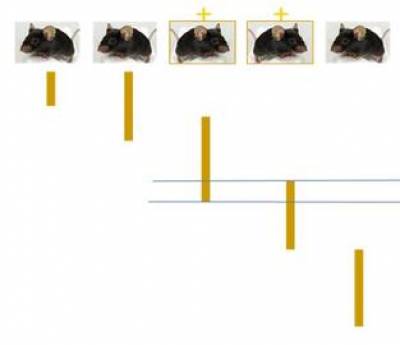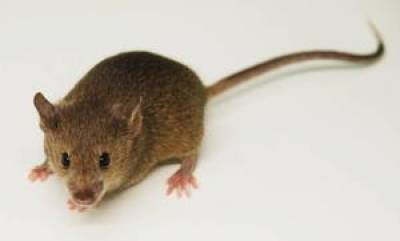
Group members
Professor Elizabeth Fisher - Principal Investigator
Professor Victor Tybulewicz - Co-investigator
Dr Sue Noy - Post-doctoral Research Associate (histopathology)
Dr Karen Cleverley - Post-doctoral Research Associate
Humans and mice have evolved from a common ancestor, many millions of years ago, and so we share the same genetic information and, loosely, share the same genetic disorders. We work with animal models because at the moment this is the only way that we can understand all the many genetic interactions arising from trisomy 21, and how they affect the brain and other systems.

We are particularly interested in two areas: primarily, in the link between Down syndrome and the increased risk of Alzheimer disease, and secondly, in evaluating mouse behavioural tests in the light of what is known about human behaviour in Down syndrome.
To help understand the link between Alzheimer disease and Down syndrome, we 'model' both disorders using genetically engineered mice that mimic the human condition. We have bred these two types of mice together and so can work with an animal that informs us about both disorders together. This has already shown us, unexpectedly, that genes we do not yet know about on human chromosome 21 affect some aspects of brain biology that are relevant to Alzheimer disease. We are also looking at electrical changes in the brains of our mice, as this may have relevance to the seizures that are common in Alzheimer disease and in Down syndrome.
In evaluating mouse behaviour, we are collaborating with experts in the field and with our colleagues within the LonDownS Consortium, who are experts in human behaviour.
To learn more about mouse models for Down syndrome, see an excellent talk given by Professor Fisher at the Down Syndrome Research Foundation's conference in 2006.
 Close
Close

